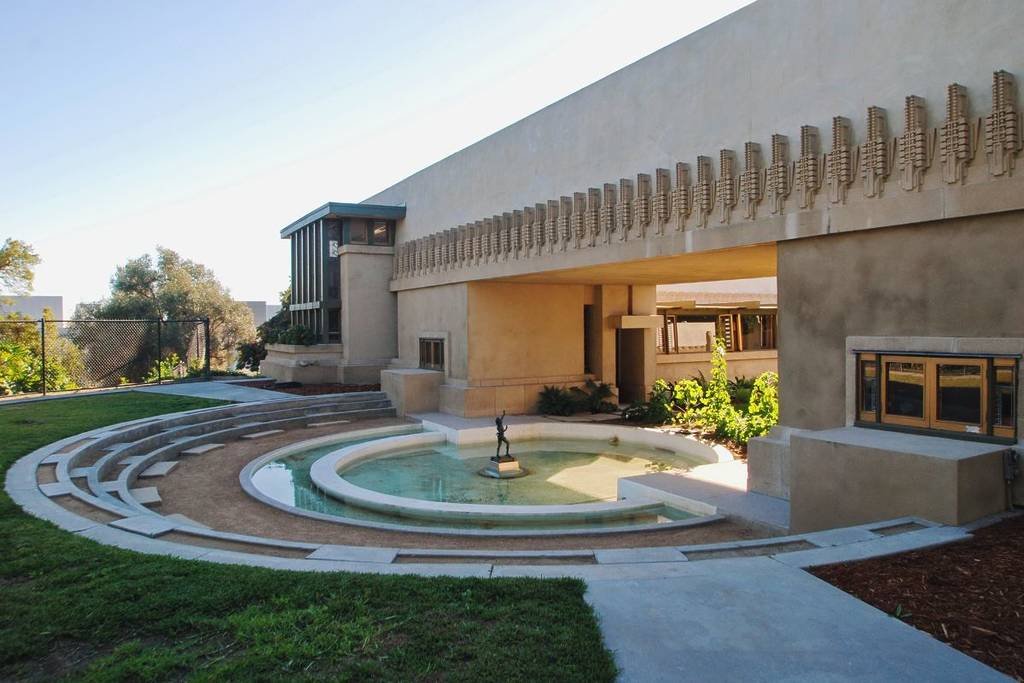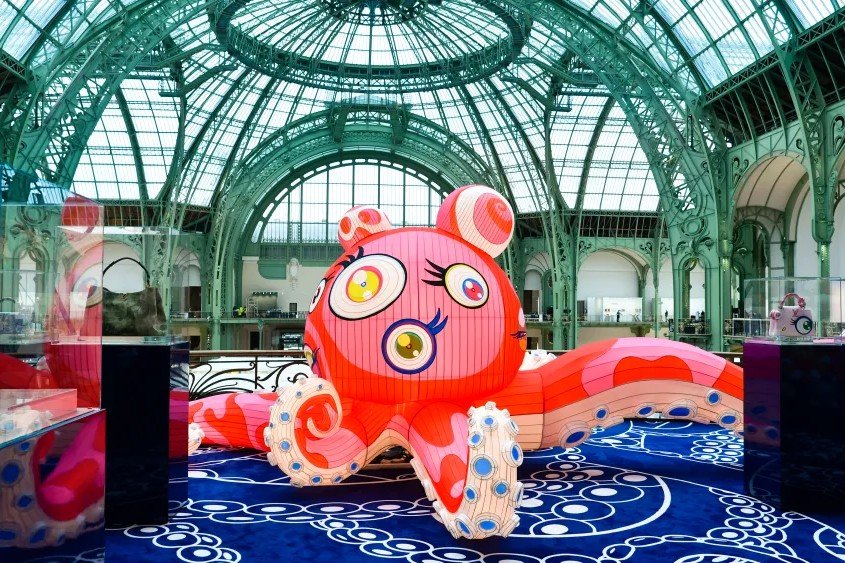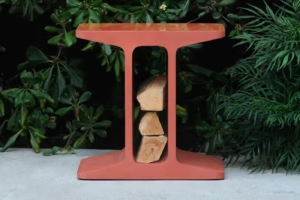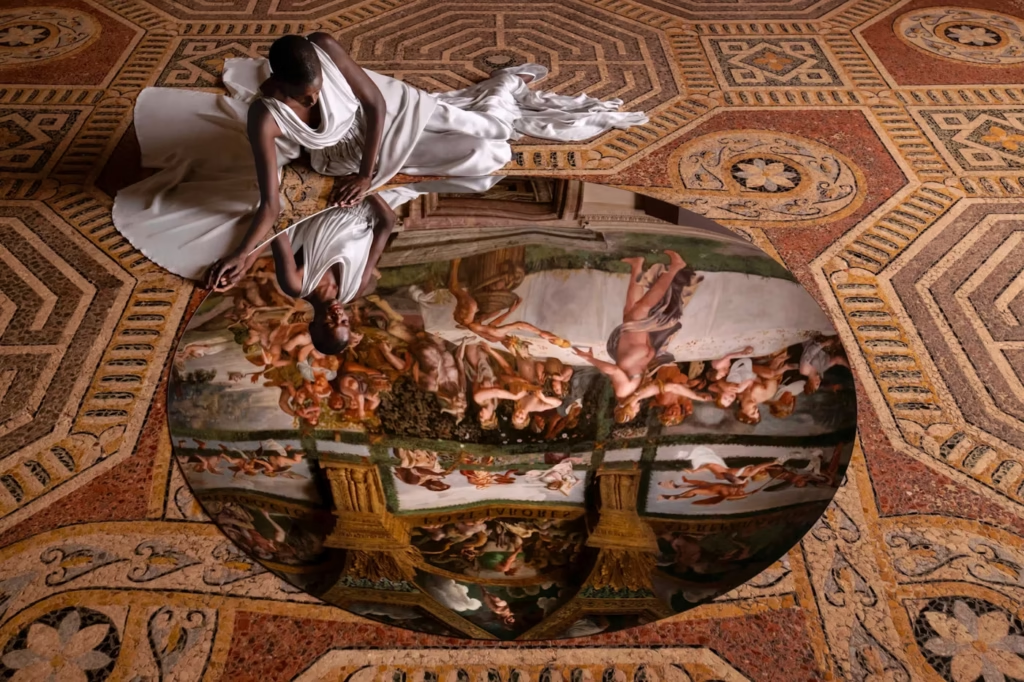One of Los Angeles’ most iconic architectural landmarks—Frank Lloyd Wright’s Hollyhock House—has narrowly avoided closure after city funding was fully restored by Mayor Karen Bass.
A Threat to a Cultural Treasure
Located in Barnsdall Art Park, Hollyhock House was at risk of losing $283,000 in city support under the mayor’s proposed budget, part of widespread cuts to close a $1 billion deficit. The plan would have eliminated key staff positions, rendering the site effectively inoperable and jeopardizing its UNESCO World Heritage status.
Fortunately, following pressure from the city’s Department of Cultural Affairs and advocacy from the Frank Lloyd Wright Building Conservancy, the final budget restored the necessary positions—ensuring both the building’s continued operation and its international recognition.
Why It Matters
When Hollyhock House was added to UNESCO’s list in 2019, the designation required it to maintain a minimum staffing level to remain accessible and preserved. Losing that support could have led to a rare delisting, as happened recently with Liverpool’s historic port district.
“We’re grateful to the mayor and council for their support in keeping the house open,” said Daniel Tarica, general manager of Cultural Affairs.
A Landmark with a Story
Commissioned by oil heiress Aline Barnsdall and built between 1919–1921, Hollyhock House was originally meant to be part of a larger arts complex. Creative clashes and budget issues scaled the plans back, leaving only the main residence and two smaller buildings.
Designed to blend indoor and outdoor space, the house features Mayan-inspired motifs, rooftop terraces, and rich geometric detailing. Wright even incorporated Barnsdall’s favorite flower—the hollyhock—into many of the design elements.
Though Barnsdall never lived in the home, she donated it to the city in 1927. After years of restoration—including a four-year renovation completed in 2015 and additional work finalized in 2022—the house stands today as a striking early example of Wright’s move beyond Prairie-style architecture.
Now, thanks to restored funding, this piece of architectural history remains open to the public—and protected for generations to come.













